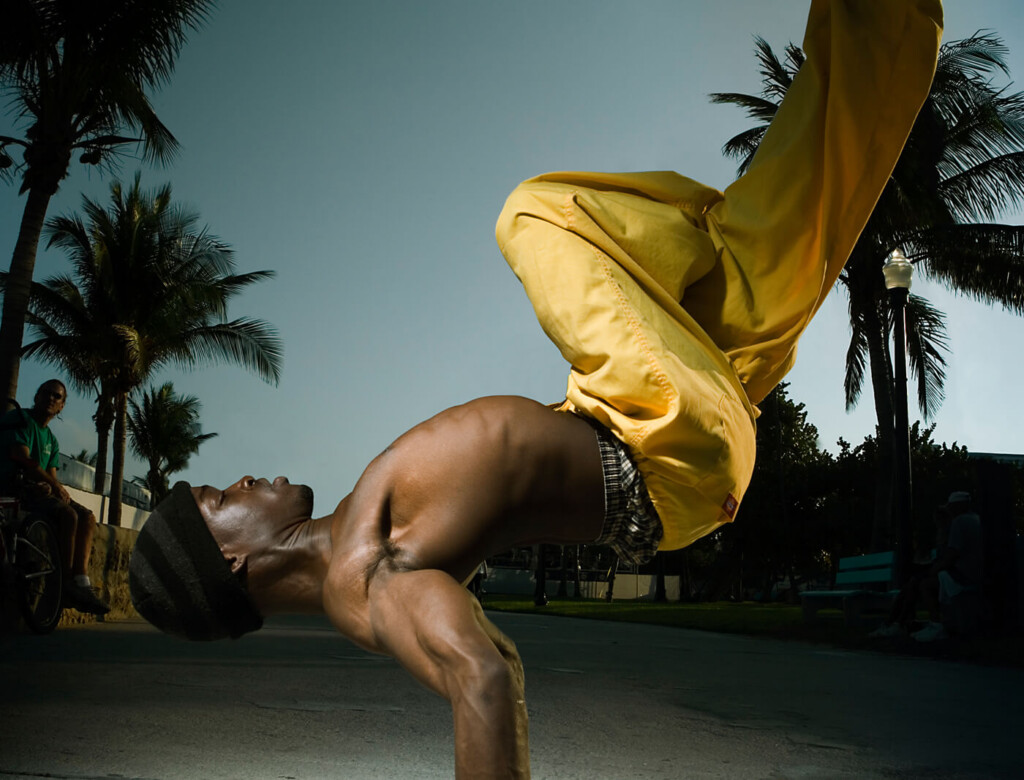Over the years, the word “advertising” has picked up some unfortunate connotations: cold, insipid, shallow, and so on and so forth. This common misconception is enough to drive an advertising photographer up a wall. While it’s certainly true that some advertisements fit that superficial shoe, it’s a gross injustice to dismiss the discipline altogether. In fact, in order to be successful, advertising photographers need to have a deep understanding of human psychology.

The most effective advertisements are the ones that provoke a positive emotional response in their target audience. To create such an advertisement, you must know what message you’re trying to convey to whom, and how to evoke the desired reaction from the intended demographic. This is no easy feat, and requires a thorough grasp of the human condition.
A formidable task all on its own, connecting with consumers is made even more difficult by the sheer volume of advertisements to which people are exposed every day. In addition to capturing hearts and minds, advertising photographers must be able to capture attention. A recent study on the psychological impact of image streams offers a bit of insight into this particular problem.

John Suler, Professor of Psychology at Rider University, presented several of his undergraduate classes with a 200 image slideshow to ascertain how the mind sorts through and catalogs such a barrage of visual stimulation.
Suler found that even when the conscious mind had become numb to new images, the unconscious mind continued to notice and store them, allowing subjects to recall them later. He also found that the images most likely to be remembered were the ones that conjured specific positive feelings, like joy, love, or comfort.

This study’s implication for advertising photographers is clear: making an ad as loud and flashy as possible won’t necessarily make it stand out from the onslaught of images consumers see every day. In order to achieve notice, you need to create a photo that resonates with your subject on an emotional level. If you can do that, then even if it doesn’t capture their attention on a conscious level, their unconscious mind will store the ad away and remember it later.

It all comes back to this: any advertising photographer worth their salt must understand exactly what kind of people they’re trying to reach, and how to trigger their emotions. This, of course, requires a fair bit of insight into human psychology. So, next time you think to call the art of advertising empty and vapid, remember that it wouldn’t work half so well if that were true.

Are you looking for an expert advertising photographer to assist with your next marketing campaign? Contact Michael Grecco today at (310) 452-4461 or send an email to info@grecco.com.